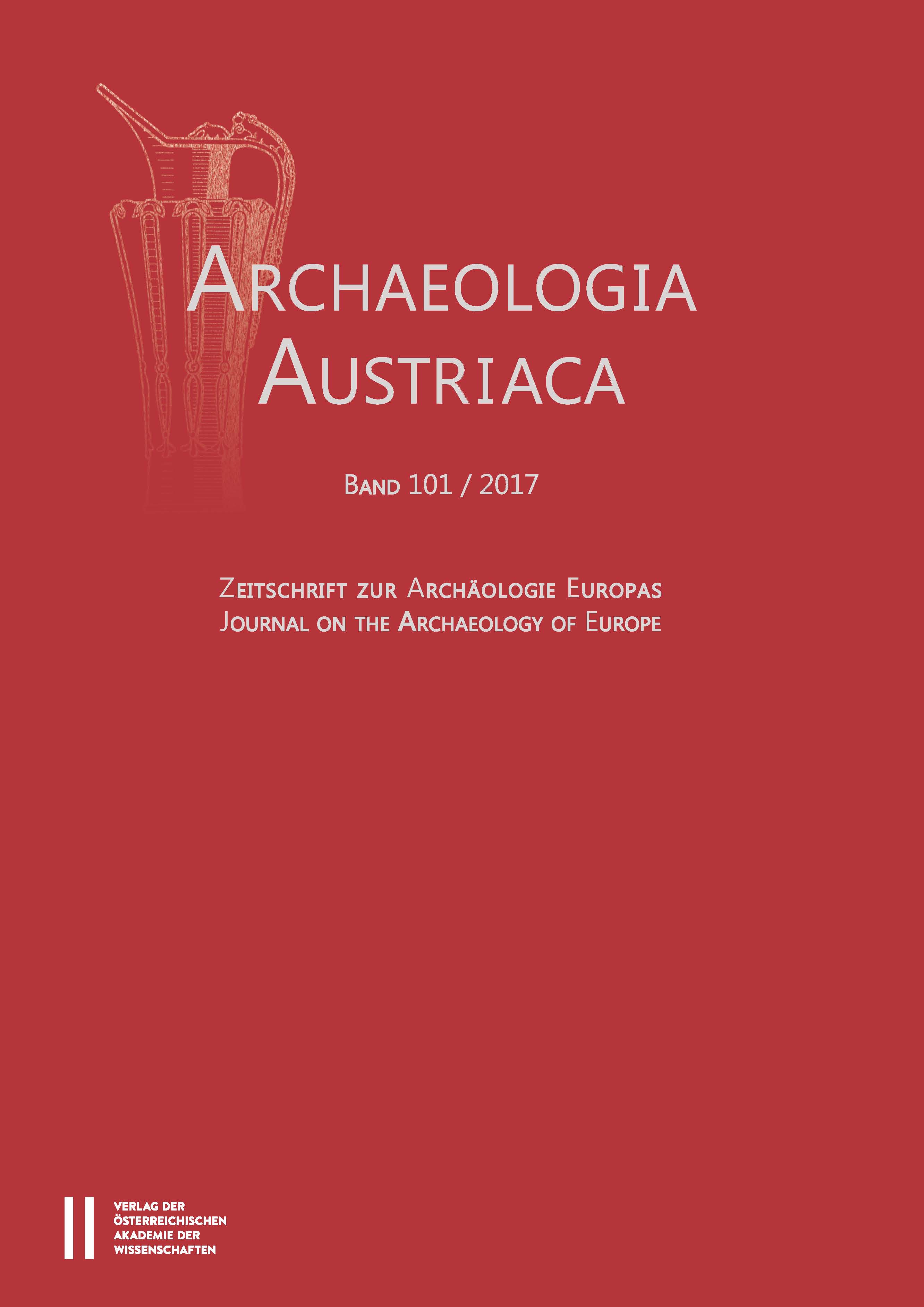
Archaeologia Austriaca 101/2017, pp. 145-158, 2017/12/21
Zeitschrift zur Archäologie Europas
Journal on the Archaeology of Europe
This paper offers the first presentation and analysis of Late Bronze Age/Urnfield period finds from Tarsdorf in Upper Austria. In 2010, several bronze artefacts came to light during construction work, leading to an archaeological excavation in 2012. These investigations unearthed further bronze objects as well as the remnants of three Late Bronze Age burials. The material includes finds that can be interpreted as construction elements of a wagon, several weapons (swords and spears), and arm rings. As the wagon bronzes were all encountered without context, it is unclear whether they derive from a destroyed wagon grave or a non-funerary structure. In either case the assemblage needs to be discussed in the context of Late Bronze Age wagons like those of the so-called Hart an der Alz-group. A comparable find made nearby at Staudach in 1924 shows, among other sites, that such finds are not unexpected in this region. In fact, the finds from Tarsdorf and other sites indicate the participation of this region in the large scale networks and exchange patterns of the Late Bronze Age. The renewed intensification of archaeological work in western Upper Austria will hopefully lead to this long-neglected region playing its due role in the wider discussions of such phenomena.
Keywords: Urnfield period, Upper Austria, Tarsdorf, wagon bronzes, weapons, burials, Hart an der Alz-group.